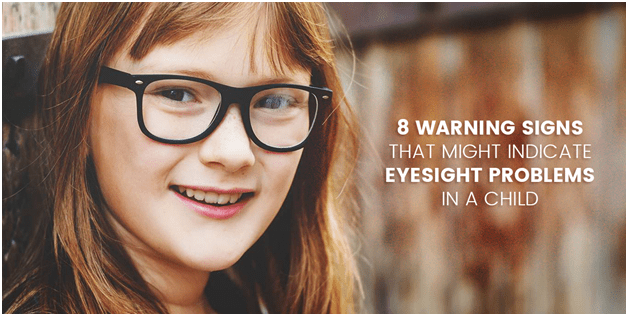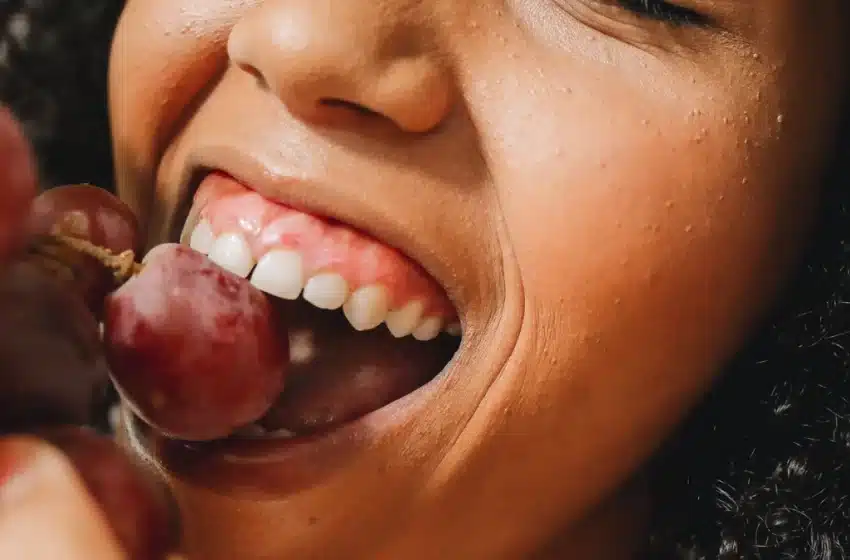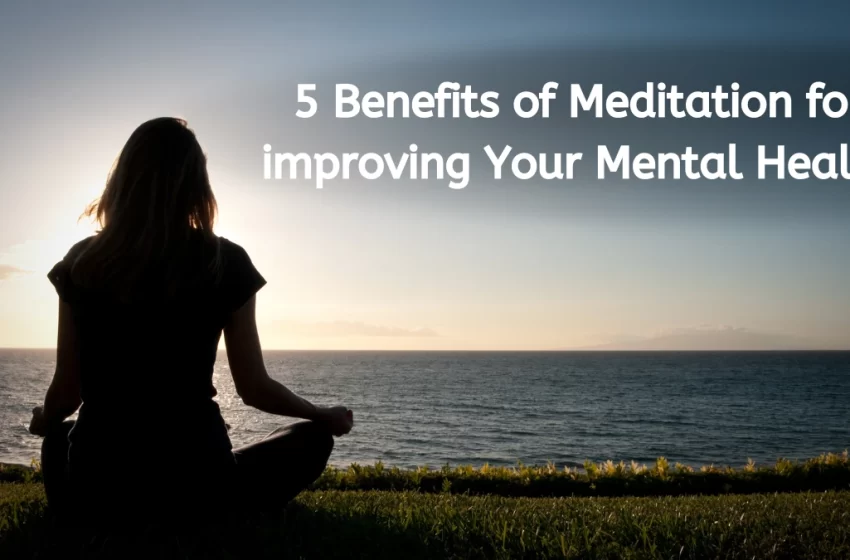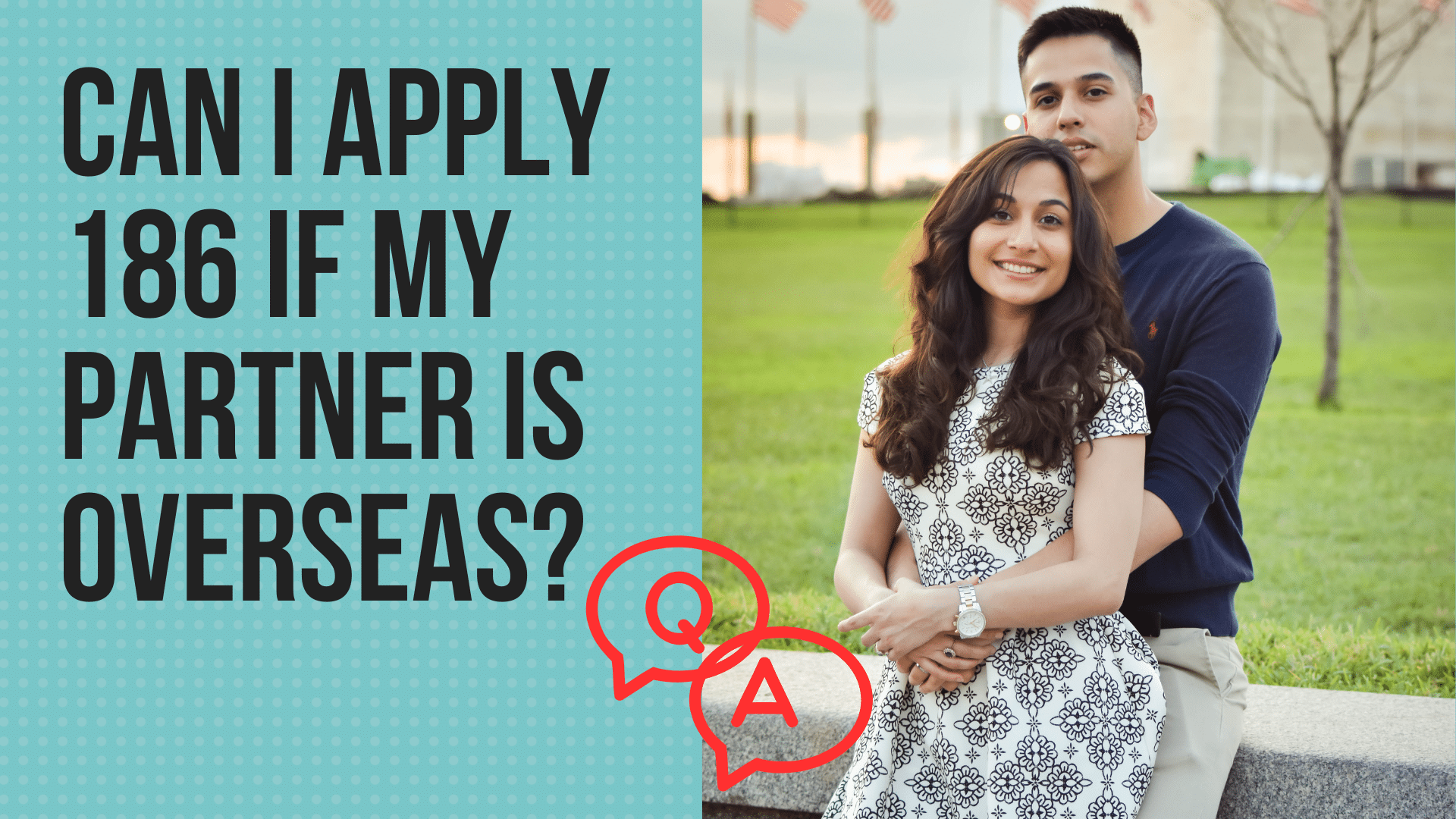
Healthy eyes are essential for everyone. It is a crucial part of the development of children. If this vital sense is impaired in any way, it will hinder your child’s development, confidence, socializing ability, learning, and education. A healthy vision is pivotal and no one can undermine its importance in the everyday life of growing up kids.
If an eyesight problem is detected at an early stage, it is less likely to have a lasting effect on the development of children. But it is not easy to determine vision problems. The ways we employ to figure out an eyesight problem are mostly ineffective if the child doesn’t cooperate. It requires going a certain distance and reading the letters or numbers.
This option is workable if the child is honest and understands the importance of vision. Another option is an eye exam device, but before going for the exam you need to know if there is a problem with the eyesight. Here we have listed some signs you need to watch out for. If any of these signs are present in your child, have an appointment with a doctor. He will suggest eyewear or contact lenses, both of which are easy to use. You can order the best-colored contact lenses online as well as buy them from eye care shops.
Table of Contents
1) Constant headaches
Adolescents who have an eyesight problem will struggle to see objects clearly or read them properly. Unceasing, persistent straining and squinting of the eyes, to have better vision, often results in headaches. The frequency of the headaches intensifies if the problem is not solved. Complaining about frequent headaches, primarily after watching TV, reading a book, playing on tabs or computers or any other eye-related work is a crucial sign that there is impaired vision.
2) Continuous eye rubbing
This warning sign is one of the primary signs of weak eyesight. It can go easily unnoticed for two reasons. Firstly kids rub their eyes quite often, like when they are upset when they wake up if the eyes are itchy or even when they are tired. Secondly, as mentioned earlier it is a primary sign, so other signs are yet to come. However, you can watch for eye rubbing while trying to concentrate on something or when he/she is watching, reading, or playing. Rubbing the eyes is an attempt made by the child to clear the eyes, as he thinks there is something in the eye that is causing blurred vision.
3) Having less than 2-3 feet distance from the TV
Are you one of those parents who have to keep repeating to their kids to have a safe distance from the screen? Does your child hold the book very close to their face? Do they bend down too much to see pictures clearly? Well, a clear sign of nearsightedness. This is because they cannot see clearly from a normal viewing distance. Once an eyesight problem is detected, you can use glasses or contacts. You can visit klenspop.com as there is an abundance of contact lenses available online for you.
4) Hypersensitivity to light
Children who squint or get teary-eyed in the presence of sunlight, camera flashes, or other high-intensity light, it means the child might have Photophobia. It is a condition in which light causes discomfort to the eyes. This may occur due to a vision problem they might be going through.
5) Avoid reading and other up-close activities
Junior is reluctant to do activities that require vision. He/she doesn’t like playing on a tab or computer. Complaining that it hurts their eyes. The child shows displeasure in coloring, painting, solving puzzles, and reading. This kind of behavior indicates that there is a lurking problem with eyesight.
6) Often cover one eye or tilt their head to one side
If your child closes one eye or tilts their head to one side, in order to concentrate on what they are doing. Your child has a Binocular vision issue. Our eyes are a dream team if they work with coordination, but due to the hindered vision, the child will find it extremely difficult to focus on objects and concentrate with both eyes.
7) Reading and writing issues in school
For young adults who are going to school or are old enough, it is relatively easy to spot any visual impairment. They might face difficulty in copying from the board; they may also lose their place on the page from where they were reading or have an unusual drop in their grades. Sitting at the backbenches may cause blurry or hazy vision. In this case, you can also ask the teacher’s help to keep an eye on the student and observe their signs. These signs are vital and should not be ignored, as it indicates an unhealthy vision.
8) The weak judgment of objects
Catch the ball! This is the call but the player failed to comprehend the pace and it dropped just inches away. He was unable to follow an object that was in motion. Hand-eye coordination is pivotal in vision development. Closely observe kids while they are playing and watch out for any signs that indicate weak hand-eye coordination. It is a very good way to determine any underlying cause of vision problems.
If you observe any of these alarming signs in your siblings, friends, teenagers, or kids or you notice any other irregularities, you must not delay any further. Detecting a child’s vision problem at an early stage is vital for optimal development.
Eye exams for infants as early as 6 months of age, then at the age of 6-7 when the child goes to school and after those regular checkups should continue till the age of 18 years. Even if the youngster isn’t demonstrating any of the signs mentioned above, it’s still a good idea to schedule regular appointments with an optometrist.















